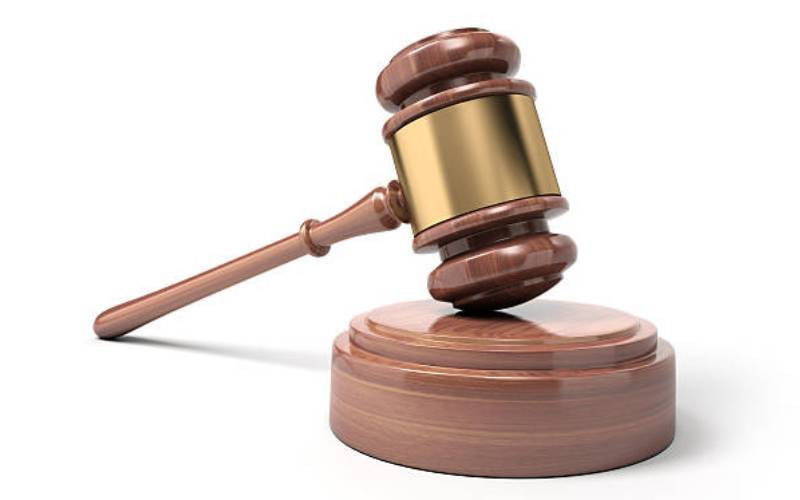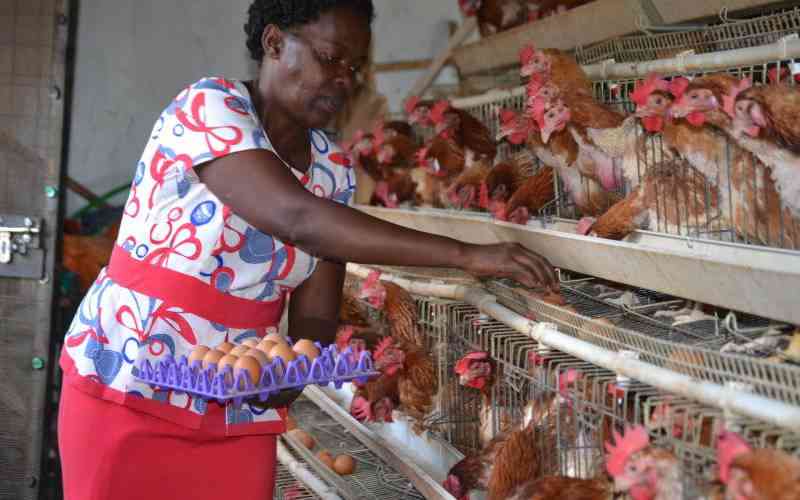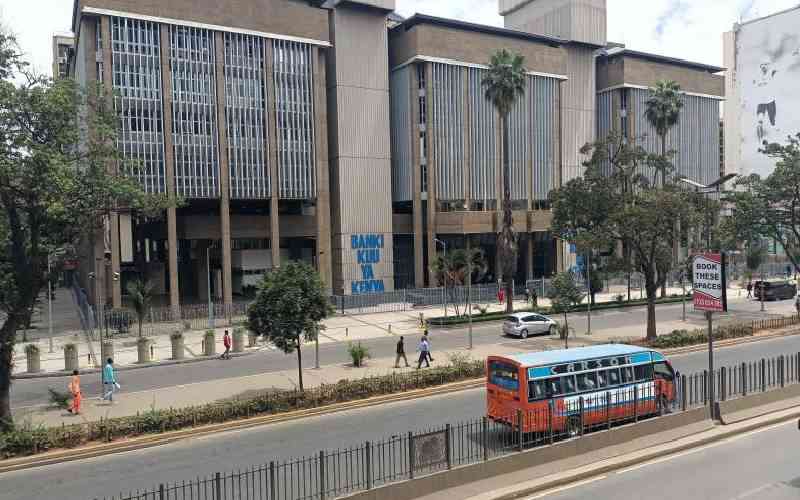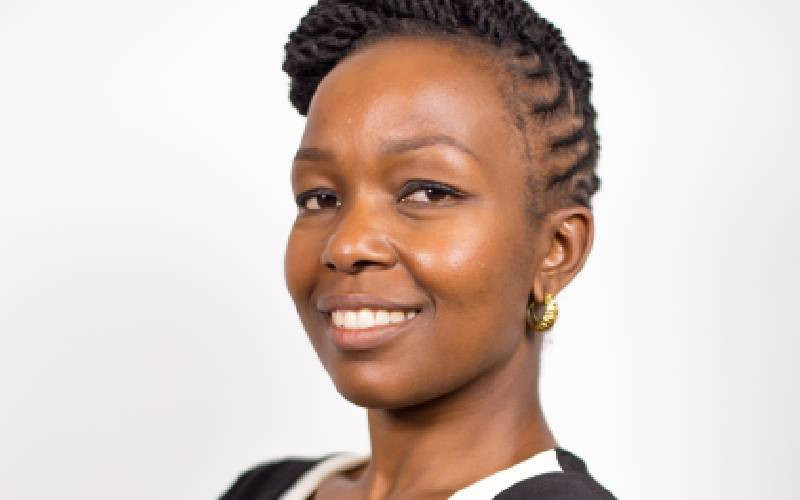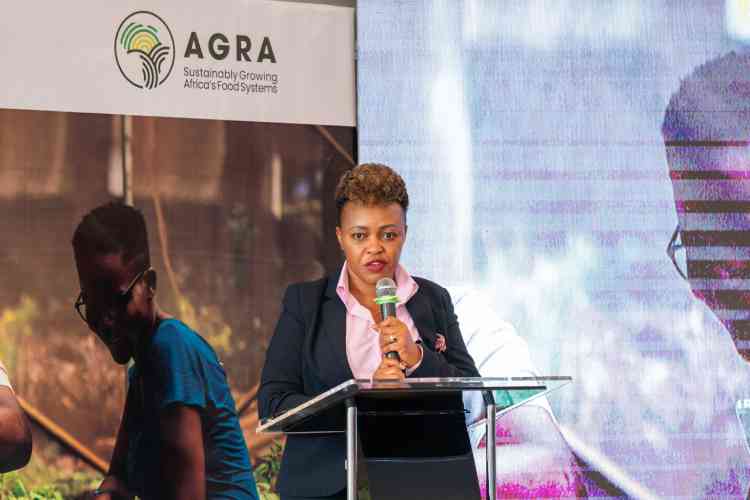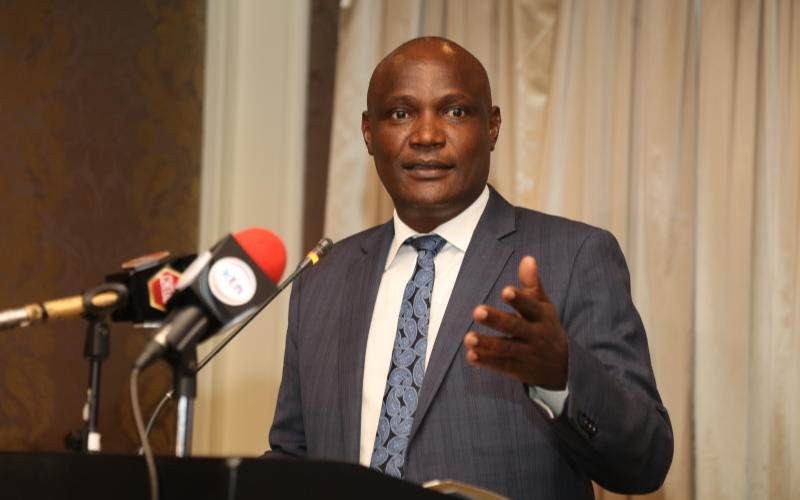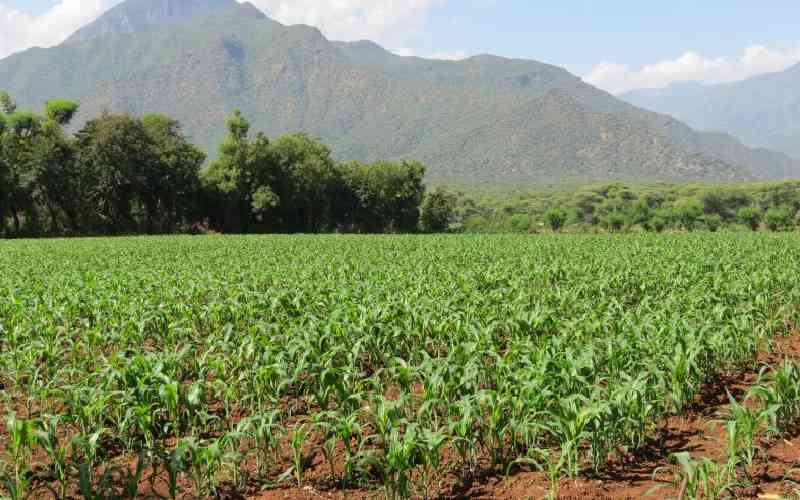×
The Standard e-Paper
Read Offline Anywhere

The streets of Baku, Azerbaijan, are alive with colour and tradition.
Representatives from Indigenous communities from across the world have gathered at COP29, donning their traditional regalia and carrying with them the weight of their people's hopes, struggles, and demands.
